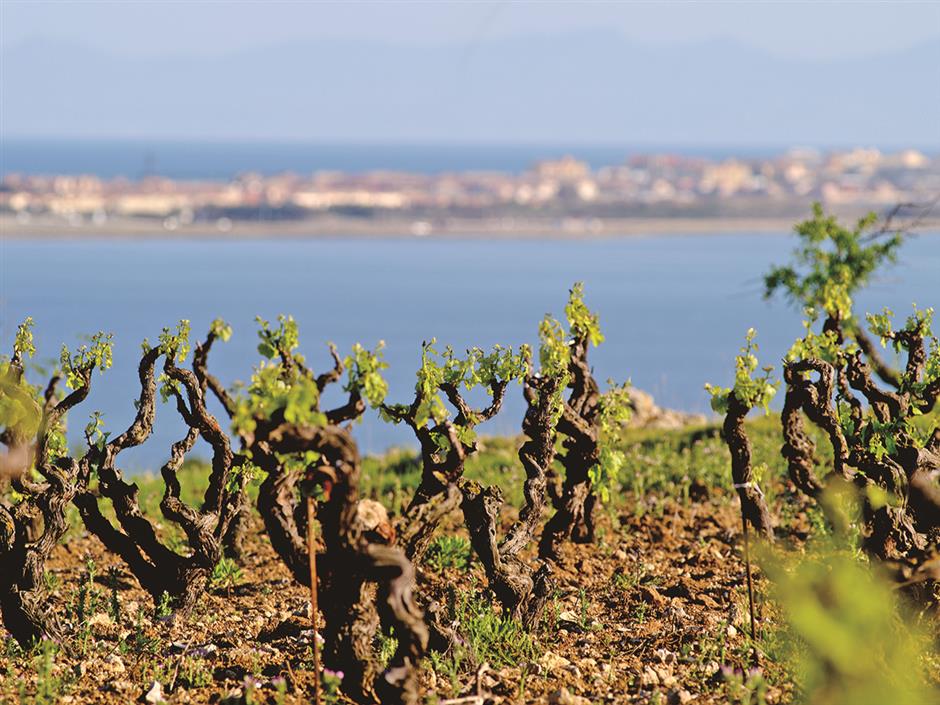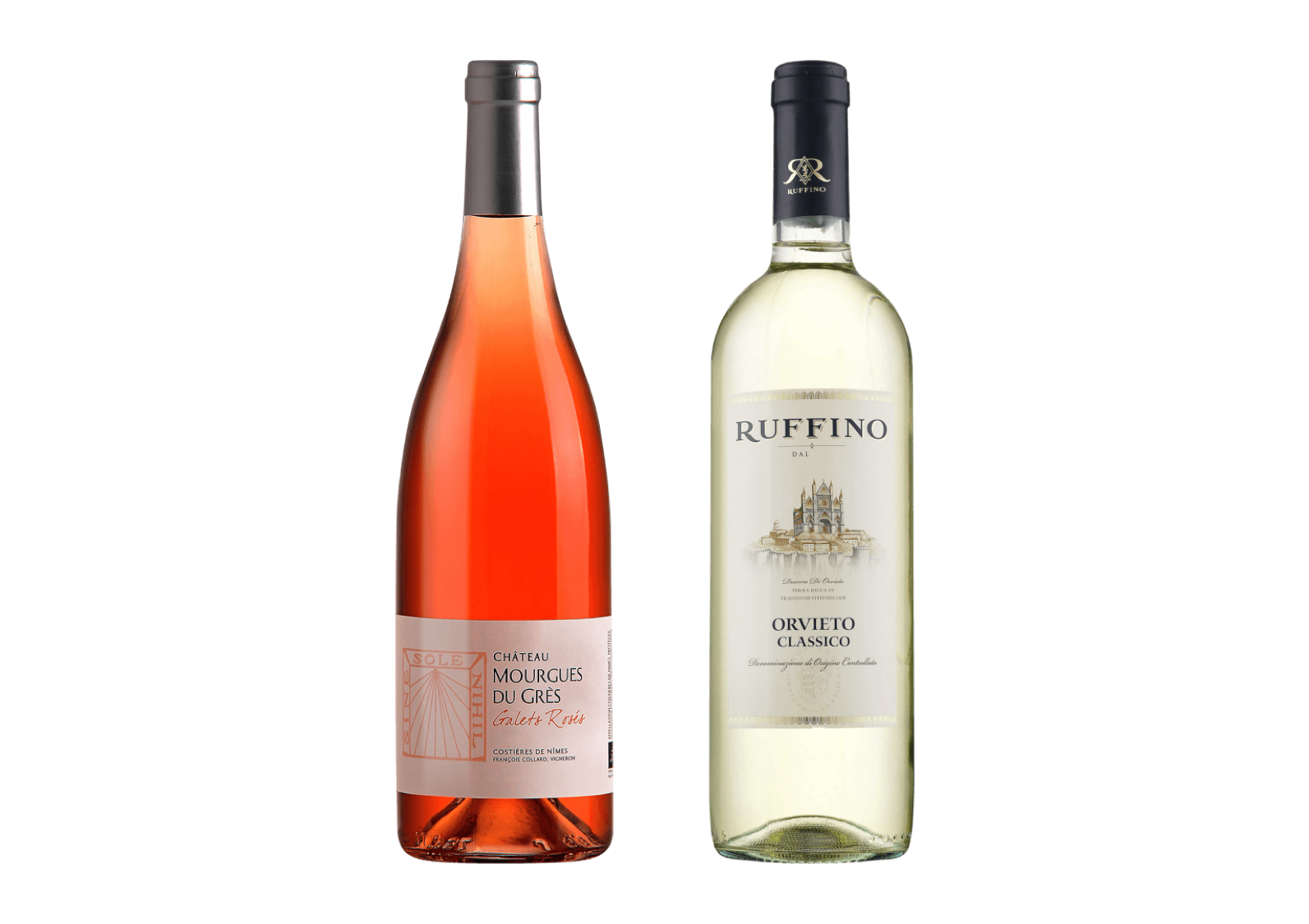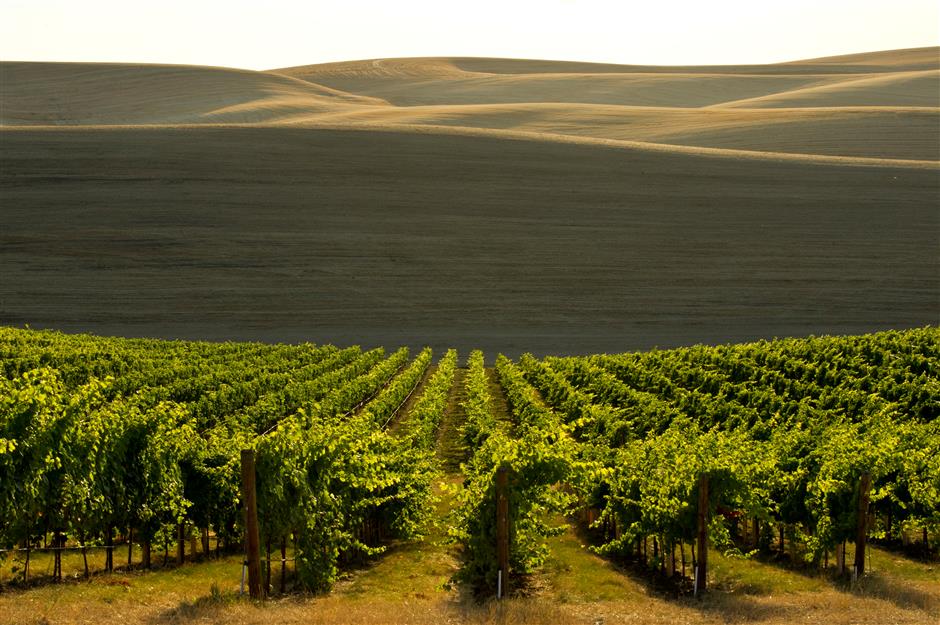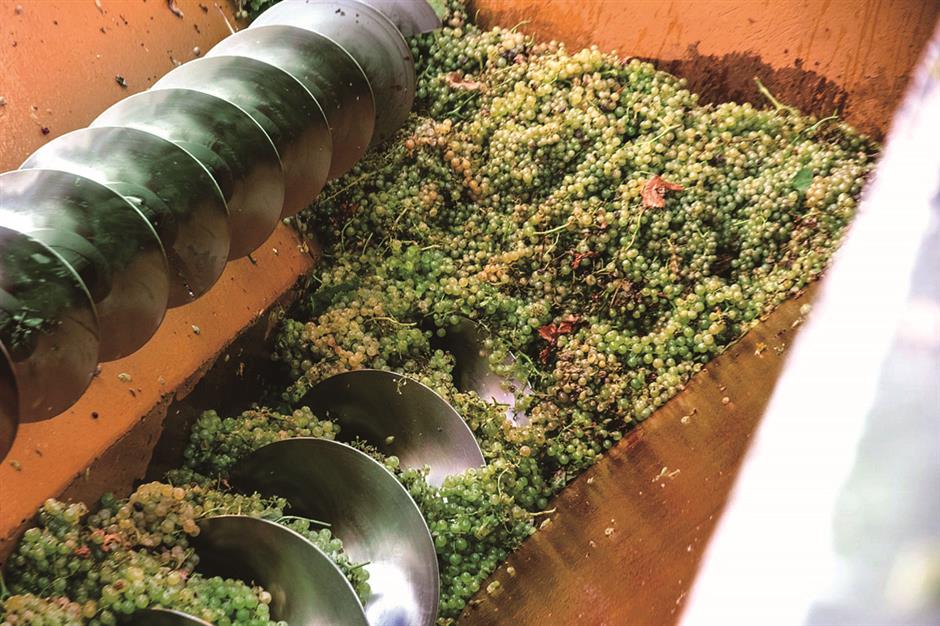Summary
Chickens have served mankind as oracles, pets and food since pre-recorded times. According to phylogenetic tests by paleontologist Jack Horner, our modern day rather unassuming chickens are actually a distant relative of the mighty T-Rex dinosaur. The when and where of domestication remains controversial, but there’s mounting evidence that wild red jungle fowl were first domesticated approximately 8,000 years ago in southern China or Southeast Asia. Today, chicken is by far the world’s favored fowl with nearly 25 billion chicks raised for eggs, meat and occasionally companions.
When I moved to China, I discovered a whole new world of chicken delight. I fell in love with classics like Cantonese crispy skin chicken, Shanghai drunken chicken and Hainan chicken rice. Less mainstream but among my favorites are Cantonese Dim Sum chicken feet and Taiwan night market “yan su” deep-fried chicken. The latter is my late-night go-to snack and comprises small pieces of lightly battered, deep-fried chicken morsels seasoned with salt, pepper and chili powder. All parts of the chicken are used but for me the most irresistible of all is the chicken ass. One hasn’t truly experienced the soul of Taiwan street food without trying this greasy, naturally sweet and hedonistically delectable treat. All these savory qualities make wine an imperative as the acidity of the wine cuts through the fat and refreshes the palate for the next lubricious bite.
The enormous range of Chinese chicken preparations means there exists many synergistic wine companions. Reds, whites and sparklers all make fine partners, but when push comes to shove my preferred variety to pair with chicken is the most noble of all white grapes. Chicken and Chardonnay, the two words sound perfect together, and this mutual affinity also extends to the palate.
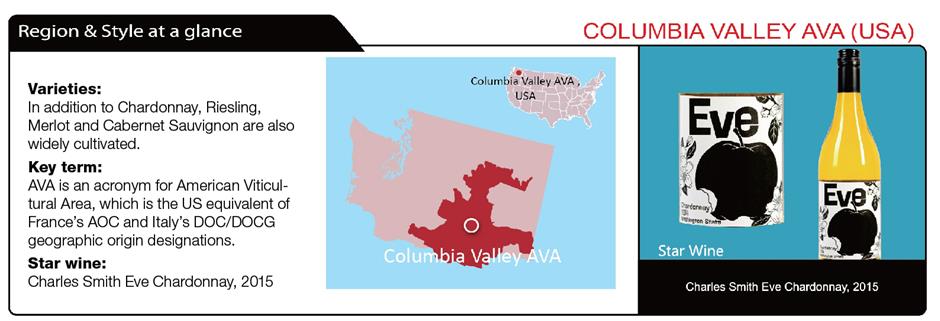
Not long ago, the growing ABC (anything but Chardonnay) movement was a reaction by wine lovers to the ubiquitous fruit and butter bombs being produced in the US and elsewhere in the New World. The discerning drinkers of our new millennia craved fresher, better balanced white wines and many of them migrated to Sauvignon Blanc or turned to Old World Chards. Fortunately, New World Chardonnays are making a comeback and this is where our story of Washington State Chardonnays begins.
Some of the world’s most distinguished Chardonnays are made in the United States, and I’m not talking about Napa Valley. Sure, Napa and the adjacent Sonoma County have rightly earned praise for their beautiful Chards, but there’s a more northern region producing great Chardonnays. Willamette Valley you’re thinking? No, just a tad further north in the Columbia Valley of Washington State there are a rapidly growing number of producers enhancing the image of New World Chardonnays.
Columbia Valley AVA is the largest region among 14 AVAs in Washington State. Are the Chards of Columbia Valley AVA better than those of the 13 other AVAs? No, but they are much more widely represented in the China market. In the state, Walla Walla, Horse Heaven Hills and other AVAs also make high-acclaimed Chardonnay wines.
California Chards offer a fruity and heady New World experience while Oregon Chards do their best to emulate the sophisticated grace of Burgundy. Both styles have their merits, but I believe that Washington State Chardonnays have found a perfect balance between New World exuberance and weight and Old World elegance and balance.
Winemakers from around the world have told me that Columbia Valley is a perfect place for making wines. What do they mean? On average the wine regions of the Columbia Valley boast more than 300 days of sunshine with an extreme diurnal temperature range. The rain shadow effect of the Olympic and Cascade mountain ranges makes the vine-growing regions of the Columbia Valley extremely dry with less than half the annual rainfall of Napa Valley. Fortunately, the Columbia River provides ample water for irrigation.
The combination of dry growing seasons with temperature extremes, cold winters and free-draining, nutrient-poor soils makes the Columbia Valley one of the precious few wine regions that’s not affected by the dreaded phylloxera pest. This allows for the use of original vitis vinifera rootstock that results in wines with greater varietal typicity. This accurate reflection of signature varietal characteristics is especially important with Chardonnay wines.
Finally, people also matter. The multi-generational farmers of Washington State have a close and mutually respectful relationship with the winemakers. Among other things this means the winemakers first and foremost prize the quality of the fruit and therefore are quite judicious in their use of oak. You can taste this harmonious relationship in every glass of Washington State Chardonnay.
Because of their inherent freshness and balance, the Chards of Washington State are exceptionally food-friendly. This affinity for a wide range of foods extends to the myriad of Chinese chicken preparations. Some personal recommendations are unoaked Washington State Chards with Shanghai salted chicken, Yunnan steamed chicken in clay pot and poached chicken in soy sauce. Weightier oaked Chards are lovely with robustly flavored dishes like Sichuan kungbao chicken, Taiwan three-cup chicken and Xinjiang stir-fried spiced chicken.
Erudite wine-lovers in China are discovering the beauty of Washington State wines, including the elegant Chardonnays. Some of the top producers with representative Washington Chards available in Shanghai are Charles Smith, Chateau Ste. Michelle, Columbia Crest and Tranche.
Where to buy in Shanghai
Haibo Supply, Bld D, 555 Shouyang Rd, 3377-3123
Charles Smith Eve Washington State Chardonnay
Kingbond Wines, Room 1003, 488 Yaohua Rd, 2023-2990
Tranche Celilo Vineyard Columbia Gorge Chardonnay
www.everwines.com
Chateau Ste. Michelle Indian Wells Chardonnay
Chateau Ste. Michelle Columbia Valley Chardonnay
www.asc-wines.com
Columbia Crest H3 Chardonnay
Columbia Crest Grand Estates Chardonnay


